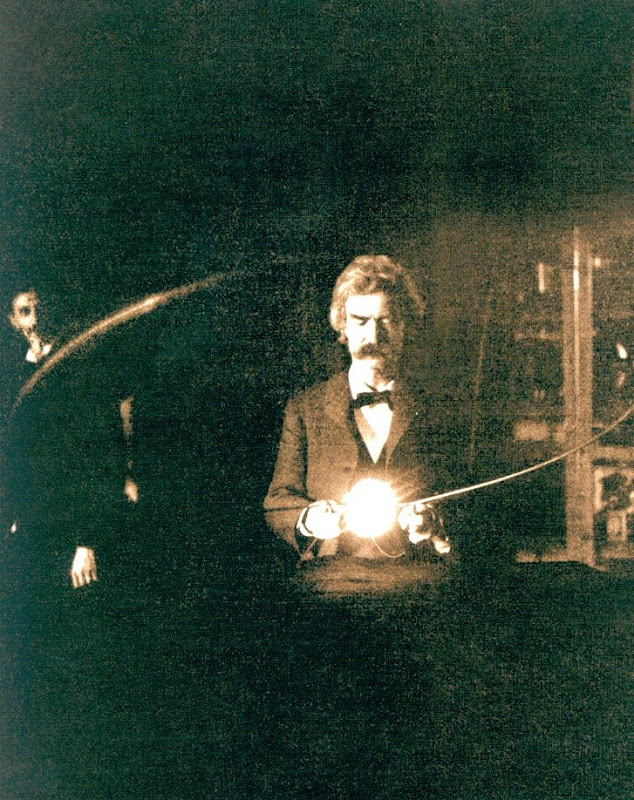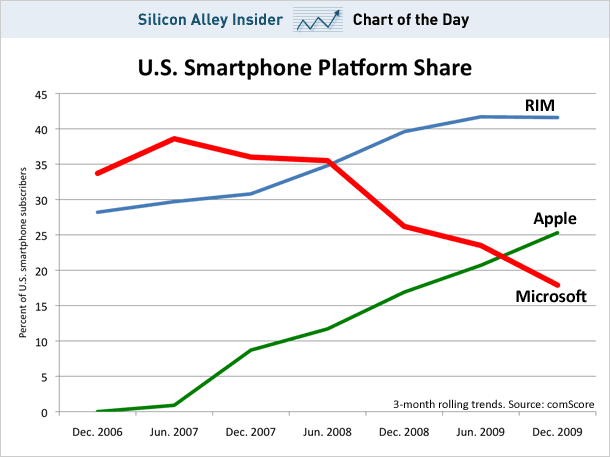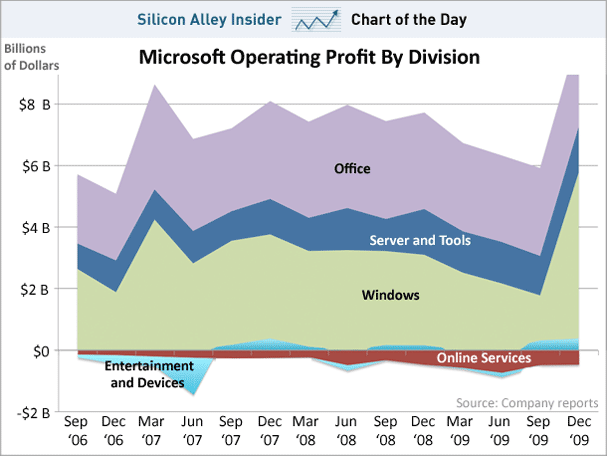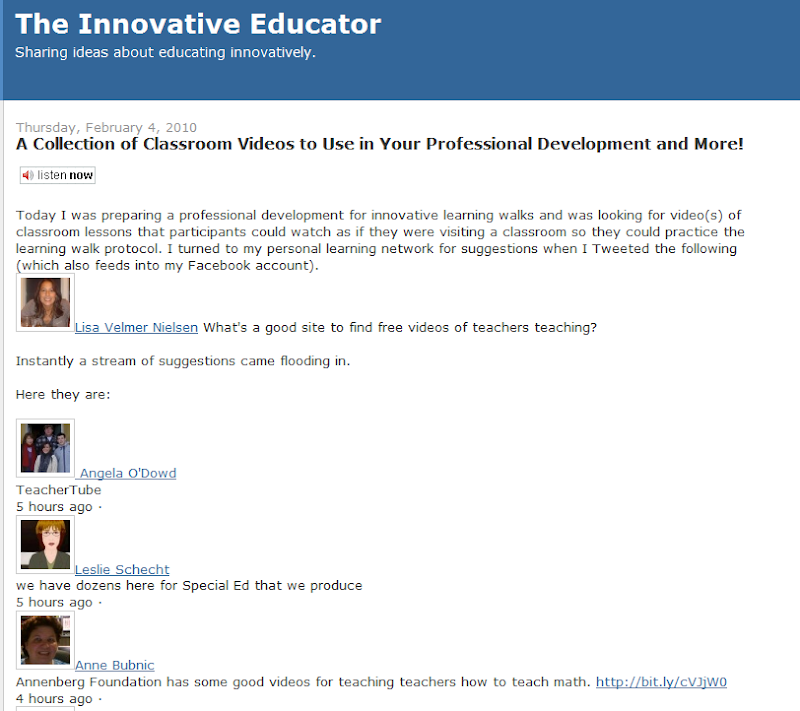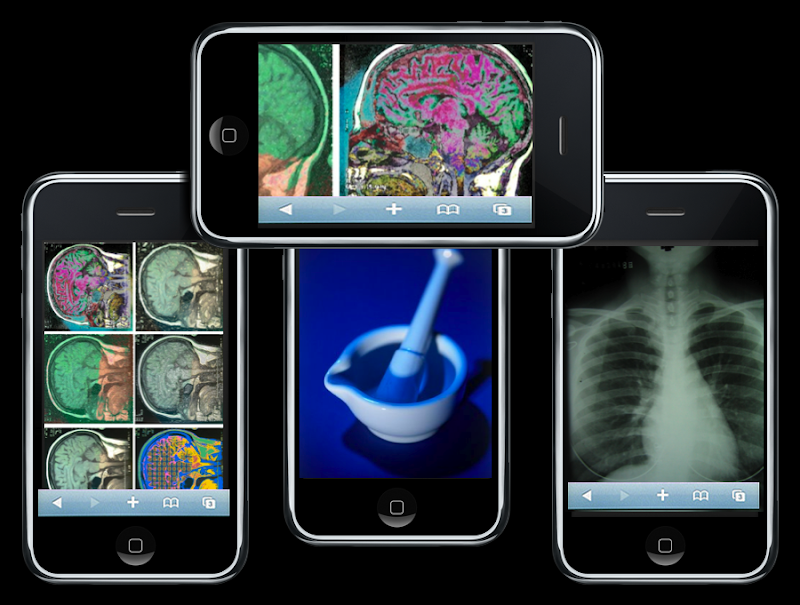I've been reading a great blog lately called
The Russians Used a Pencil. It's a blog maintained by Dan Provost and focused on simplicity. The title comes from the fact that although the US had vastly superior technology - computers, calculators, etc - the Russians beat us into space using only a pencil. I noticed this in my graduate research as well. Much of the foundational work I studied included some really elegant closed-form analytic solutions from Russian scientists and engineers. This work from the 50s, 60s and 70s was in contrast to American counterparts, who saw a difficult - seemingly intractable - problem and almost immediately pursued a numerical solution using the state-of-the-art computers of the time.
Here's a great post from Dan's blog describing the simplicity of Google Chrome OS, as a browser-based operating system and it's potential for success. I've got the Chrome OS installed and running as a VMWare image (you can get the VMWare image and instructions
here and on a thumb drive
here). It's hard to judge the performance of the Chrome OS running on top of another OS in a virtualized environment, but I can see some of the potential benefits, including the almost immediate boot time and the simplicity of the OS. Like Wave, Chrome OS is still buggy and clearly not ready for primetime, but I'm beginning to view Google's long-term strategy as the tortoise to everyone else's hare. While the world may not be ready for a fully cloud-based OS today, things
may will be radically different in two, three or five years.
Google Chrome OS
The key take-away here is that Google is betting on simplicity. They are valuing speed (the start up time was heavily reinforced in the demos) and simplicity over the functionality you might find on a more standard OS. In Maedonian™ terms, they are adhering to the first (thoughtful reduction) and third (savings in time feel like simplicity) laws.
Mr. Gruber is on the mark regarding the benefit of reduction:
The idea of a computer that does a lot less — leaving out even things you consider essential, because you can still do those things on your other, primary computer — is liberating. That’s the opportunity, and that’s the idea behind Chrome OS and Litl and even Android and iPhone OS.
There is one group where I think these machines have a huge potential for success: college students. The machines are inexpensive, perfect for notetaking, listening to music, facebooking, etc., and the computer lab can be utilized for more of the heavy lifting. And at this point I would be surprised if most campuses aren’t completely WiFi enabled.
